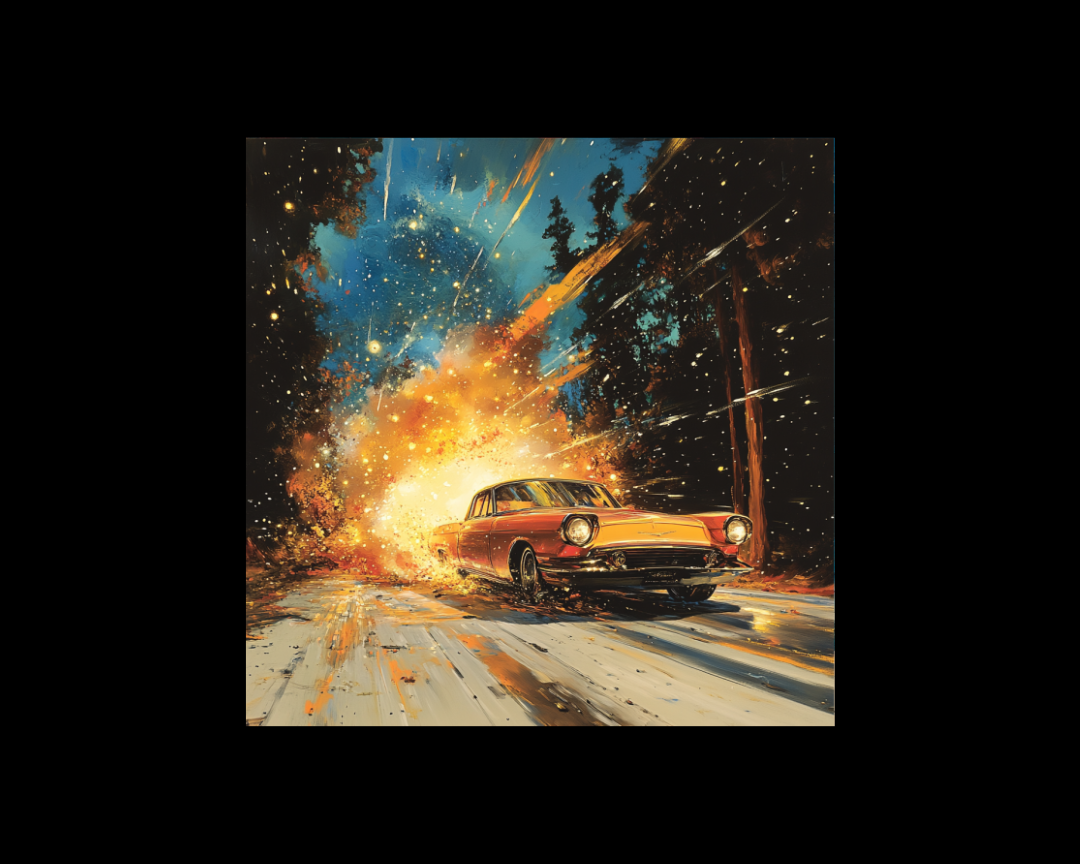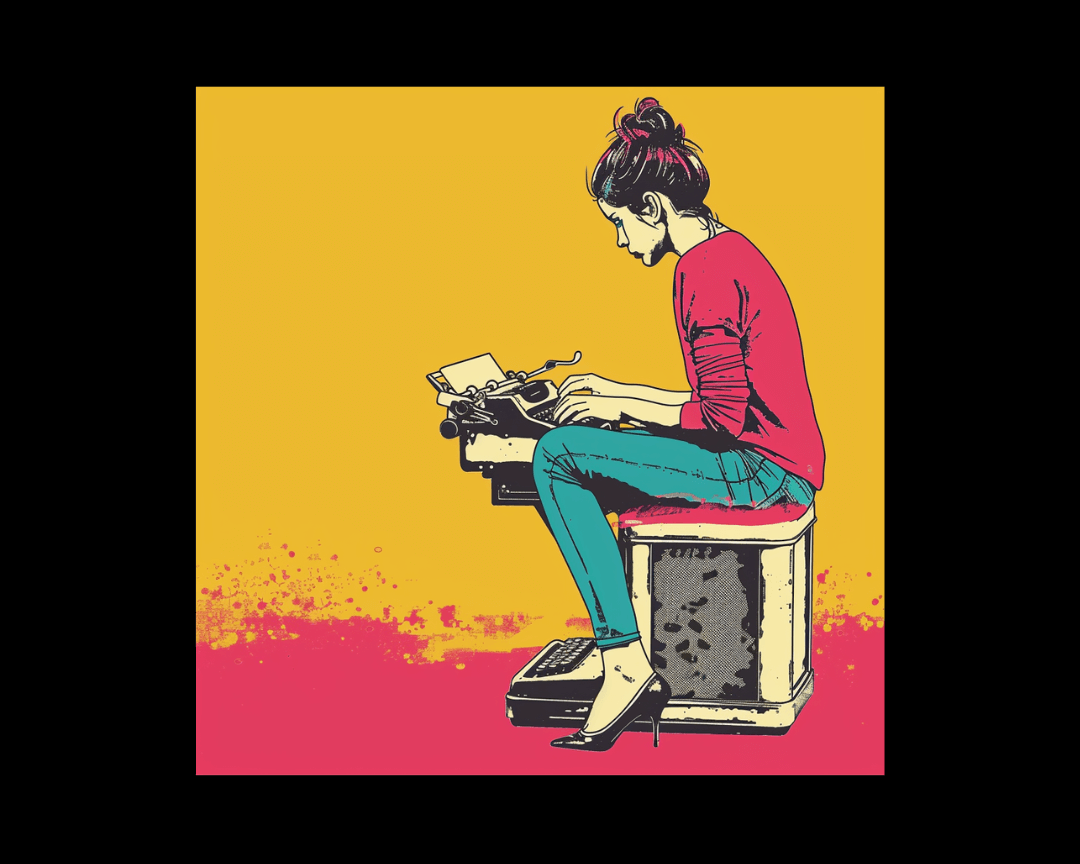Unlock the Gateway to Success: First Pages in Query Submissions
In the highly competitive realm of publishing, the first pages of a manuscript wield immense power – they can either open doors to literary success...
2 min read
 Writing Team
:
Oct 15, 2024 3:29:39 PM
Writing Team
:
Oct 15, 2024 3:29:39 PM

Retro futurism is a captivating subgenre that blends nostalgia with imagination. For professional writers looking to explore this unique intersection of past and future, retro futurism offers a rich tapestry of creative possibilities.
Retro futurism is the art of envisioning the future through the lens of the past. It's about capturing the spirit of how previous generations imagined tomorrow. This genre isn't just about flying cars and robot butlers; it's about understanding the hopes, fears, and dreams of a bygone era and projecting them into a speculative future.
Retro futurism offers writers a unique playground to explore themes of progress, nostalgia, and the cyclical nature of human ambition. By looking back at how we once imagined the future, we can create rich, thought-provoking narratives that resonate with readers across generations. Whether you're crafting a pulp-style space adventure or a nuanced exploration of retro-future societies, the key lies in balancing historical authenticity with imaginative speculation.
Remember, the most compelling retro futuristic stories don't just recreate the past's vision of the future—they use that vision to comment on our present and our eternal human quest to shape tomorrow.

In the highly competitive realm of publishing, the first pages of a manuscript wield immense power – they can either open doors to literary success...
-2.png)
Writers have long explored perspectives beyond the human experience through personification and allegory. But a more radical narrative approach...

Are you ready to kick your writing into high gear? Well, get ready because we’re about to drop some knowledge that'll have your fingers flying across...